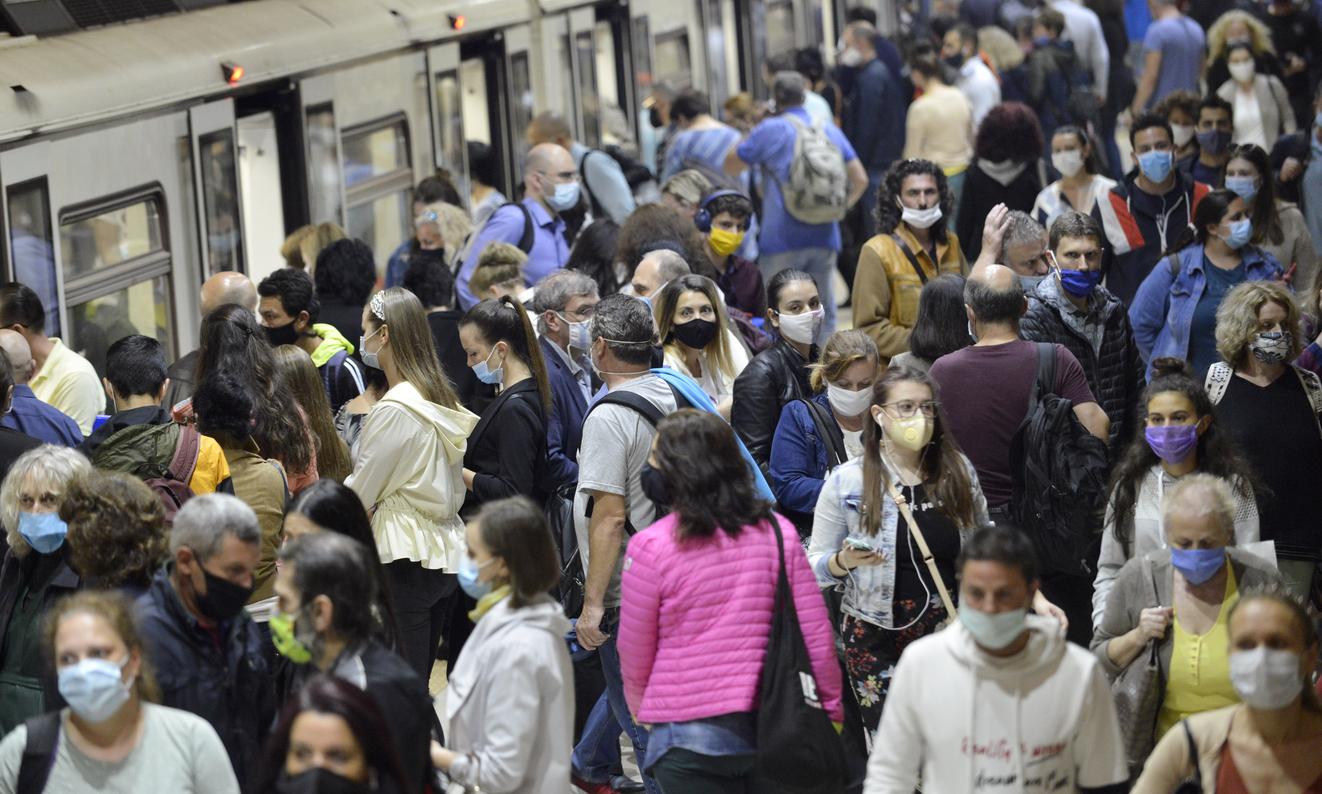Respiratory infections are associated with an increased risk of myocardial infarction. Those that affect the lower airways are the most dangerous.

Flu, pneumonia and other colds have more than one thing in common. In addition to affecting the respiratory tract, these infections increase the risk of myocardial infarction. This is multiplied by 17 in the week following the first symptoms. This is what a study from the University of Sydney (Australia), published in theInternal Medicine Journal.
Of the 500 people hospitalized for a heart attack, 17% had suffered from a respiratory infection in the week before the incident. Extending their analysis to the previous month, the researchers identified 21% of patients with such an infection.
A low absolute risk
“The data show that the increased risk of heart attack does not exist only at the start of the infection,” summarizes Professor Geoffrey Tofler, lead author of the study. A peak is seen in the first 7 days and gradually recedes, but remains high for a month. “
This risk is slightly lower when symptoms are confined to the upper airways. It is then multiplied by 13. If the signs are less severe, these pathologies are also more common. Attention must therefore be redoubled. But these results should not be too alarming: in absolute terms, this danger remains low.

These observations could explain why winter is a risky season for the heart. Indeed, heart attacks are more frequent at this time of year. The cold is not the only factor. A study had shown it: avoiding respiratory infections is effective. Influenza vaccination, for example, reduces the risk of having a heart attack.
Inflammation and coagulation
The question remains: How can infections of such a variety of types increase the risk of having a heart attack? According to the authors, the immune response is to blame, at least in part. To fight infection, the coagulation system is activated, as is the activity of platelets.
The pathogens also bind to the platelets in question and promote their aggregation. Everything comes together to lead to the formation of blood clots, which cause a heart attack. Prof. Geoffrey Tofler also mentions inflammation and the presence of toxins that damage blood vessels.
But this study is satisfied to observe an association. It is therefore not possible to conclude from these results that the infections are the direct cause of the heart attack. A recent study adds some vagueness to this situation. Carried out in Taiwan, it showed a link between the use of anti-inflammatory drugs in the context of a respiratory infection and a tripled risk of myocardial infarction.
.















